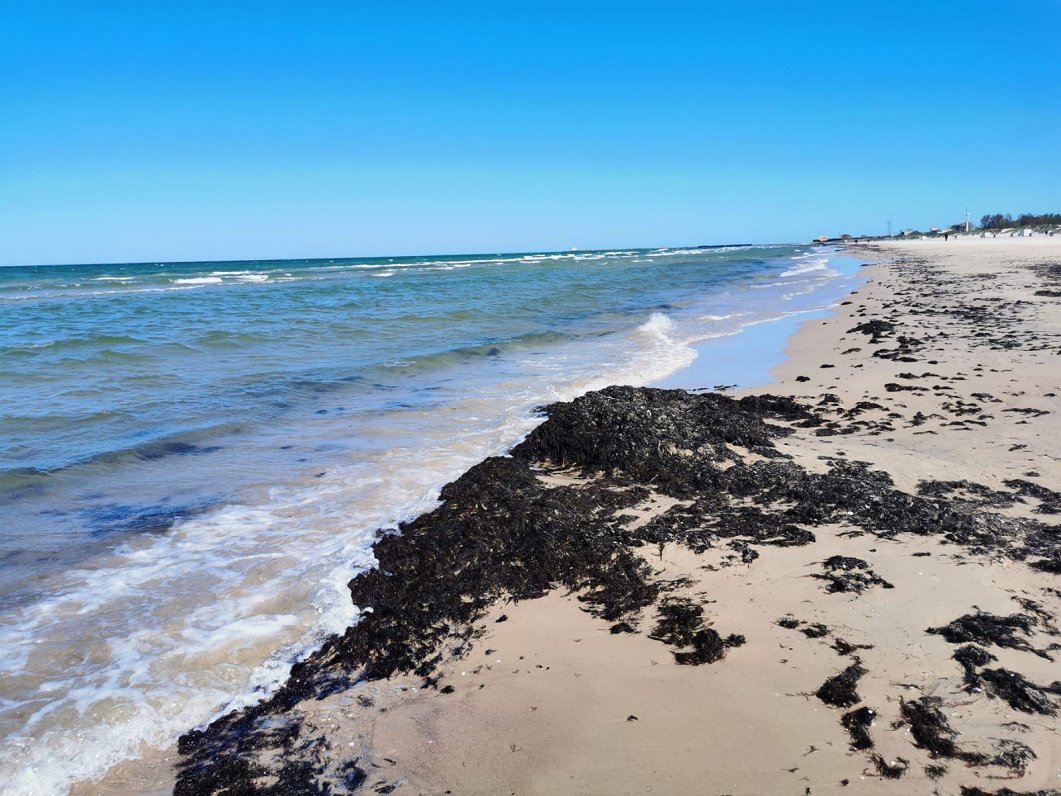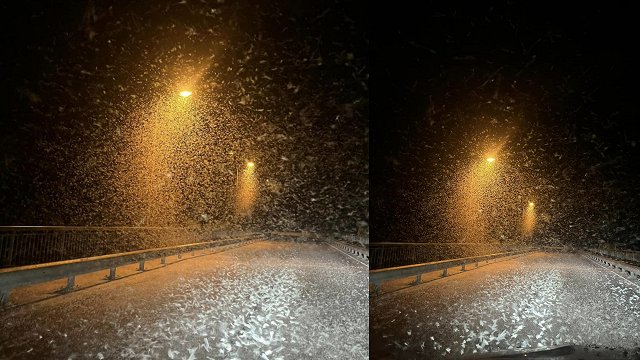The survey of 42 beaches revealed new, unobserved forms of pollution - face masks and cigarette filters for tobacco. When assessing the types of pollution and volume dynamics over nine years, the campaign concludes that municipalities' investment in coastal management is no longer sufficient, but it is necessary to limit the circulation of certain materials, such as plastic containers or bags.
The entire coast of Latvia has been surveyed for the ninth time this summer in the Expedition of the Mana jūra campaign. During the assessment of waste at 42 coastal sites, Kolka and Dundaga were recognized as the dirtiest beaches, where 80% of the pollution is coal from the sea, as well as two beaches in Riga - Daugavgrīva and Vecāķi.
"The pollution of Daugagrīva is not just from the contribution of Bolderāja residents. It comes from everyone who throws hygiene products into the sewer, from every resident or guest who drops a cigarette butt in or tosses some plastic waste into the river.
It is different from other coasts that it is not just locally contained waste, but it comes from land. On the other hand, for example, there is a pollution load in Klapkalnciems village that arises from one-day holidaymakers, as well as from beach cafes and events," said Janis Ulme, an expert of the campaign.
The total amount of waste on the Latvian coast has increased by more than 20% over the last 5 years, the campaign concludes.
"On average, we can find 254 waste units per 100 meters of the coast of Latvia, a new negative record in the nine-year coastal assessment history of our campaign. But one big spotlight this year is the fact that the European Union (EU) has come up with its own goal, which will determine how to judge whether the coastal situation is good or bad. This is somewhat radical in the EU and sets the goal to 20 waste units per 100 metres. This means that many European countries will have to reduce the amount of waste on beaches by 95%," Ulme said.
"We have seen a lot of improvements in coastal management in many municipalities for several years, but it is disappointing to see that the scale of pollution does not diminish along with it. This means that more solutions are needed. "It is also necessary to start talking here in Latvia about limiting some materials in circulation," Ulme said.





























